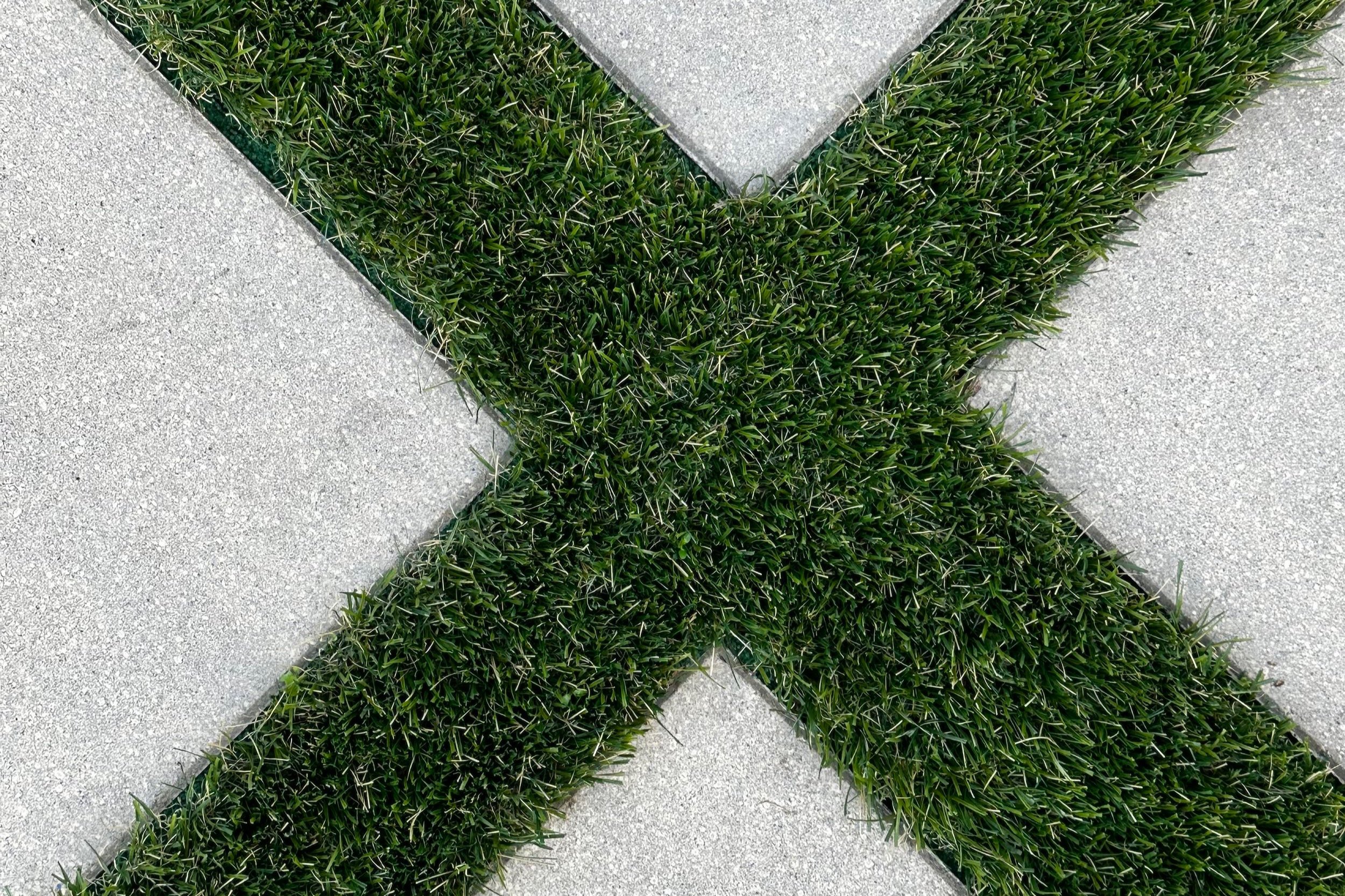Sod vs. Turf
Trying to decide between natural grass and artificial turf?
At Mindful Construction, we like to help our clients choose the best options for their unique situations. Are you hoping for more or less maintenance? Do you want natural or synthetic materials? Do you want a high or low watering requirement? What is your budget?
These are all questions that are important to take into consideration when designing your outdoor space with all elements (all of which our highly skilled team can help with!) but let’s focus on the differences between grass and turf.
Natural Grass / Sod
Natural grass has been a key element in outdoor landscaping for centuries. In the Bay Area, the shift towards water conserving landscape and designs gained popularity in the early 2000s due to the recurring droughts. Some benefits of natural grass in your yard include:
Aesthetic Appeal: Sod provides a natural look and feel that, while getting closer and closer, is difficult to replicate with unnatural resources. It feels nice to walk on and changes color during the seasons.
Cooling Effect: Natural grass can help t keep the surrounding environment cool, reducing heat in areas during the hot summer.
Carbon Absorption and Oxygen Production! As with other natural plants, sod absorbs carbon dioxide and releases oxygen, aiding in air purification.
Water Retention: grass absorbs rainwater, which helps reduce runoff and prevents soil erosion.
Biodiversity: natural grass can help support insects, birds, and other wildlife, contributing to the local ecosystem.
Soil Health: lawns naturally aerate the soil, improving soil health and structure over time.
Of course, as most things, natural grass has some downsides as well:
High watering requirements: sod requires constant watering, especially in dry climates (such as California), which can increase your utility bill and go against the effort to conserve water in places prone to droughts.
High maintenance: in addition to the water requirements, sod requires regular mowing, fertilizing, and potential treatment for pests or diseases.
Chemical treatments: given its susceptibility to pest and diseases, chemical intervention is sometimes required. This can be harmful exposure to you, your kids, or pets.
Durability: natural grass can be easily damaged by heavy foot traffic, pets, or harsh weather conditions. It can take a long time to regrow and damage can be an eye sore.
Establishment time: depending on where you live, sod can take a while to establish itself in its new environment. Although they offer “instant lawn,” it takes time to look like a healthy, full lawn.
Carbon footprint: maintaining a lawn can require the regular use of a lawnmower or chemicals, as mentioned above, which can have an impact on the environmental footprint.
Synthetic Turf
Artificial turf was first developed in the 1960s. It has certainly come a long way aesthetically, with it’s more realistic design and durability.
Benefits of Artificial turf:
No water requirement: Once installed, artificial turf requires no water given it’s made from synthetic materials, outside of occasional cleaning. This is great for drought-prone areas.
Low maintenance: aside from no water, turf does not need to be mowed or treated for pests/diseases.
Resistant: turf is highly durable and able to withstand foot traffic, pets, sports, playgrounds, etc.
Year-Round Usability: turf will remain the same year round, and is hardly affected by weather conditions.
Customizable: turf can be installed in a variety of conditions, where natural grass may struggle to grow, such as shaded areas.
Drawbacks to Synthetic Turf:
Aethetics: while the technology is constantly advancing, turf does not have the exact same look or feel of natural grass.
Heat retention: again, technology is advancing, but some turf can be very hot to the touch in extreme weather conditions, and can be harmful to kids or pets.
Synthetic materials: turf is made from plastics and other unnatural materials. Production and disposal of turf can have a negative impact on the environment.
Upfront Costs: while the longterm costs can be less, the upfront cost of turf is more expensive than natural grass.
Maintenance in high traffic areas: depending on the length of your turf, you may need to comb it regularly in high traffic areas to keep it standing tall.
As with any and all comparisons, there are pluses and minuses to both. At Mindful Construction, we can help you decide what is the best for your circumstances. Reach out to us today for more information!

